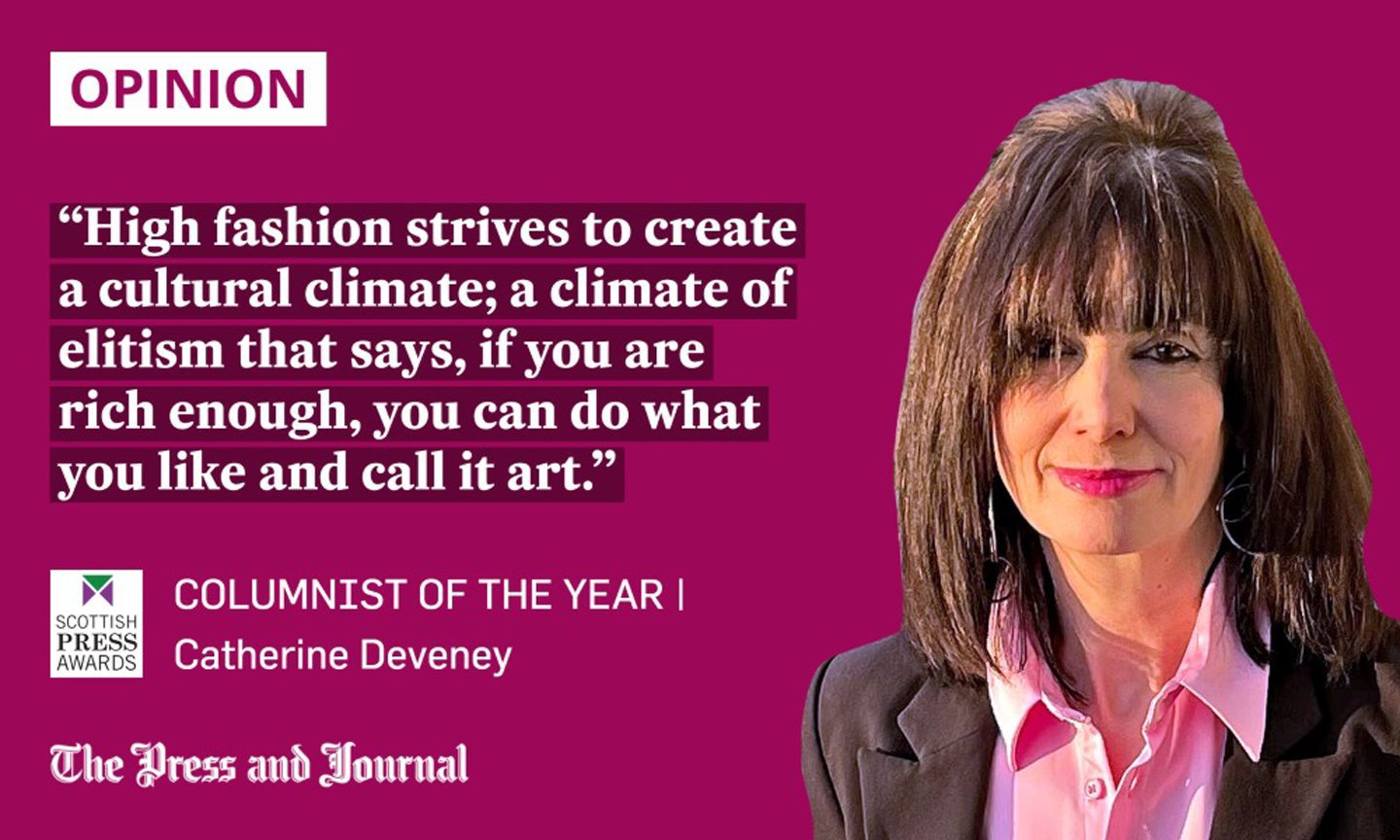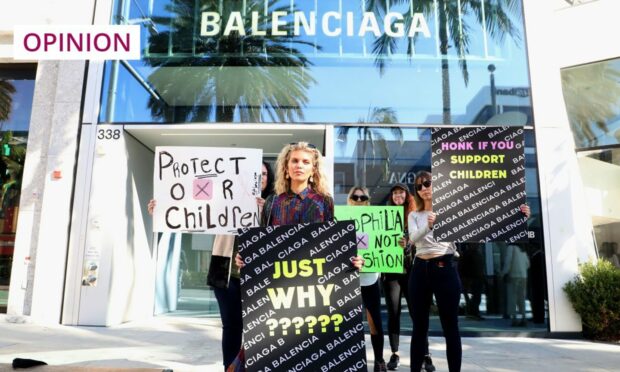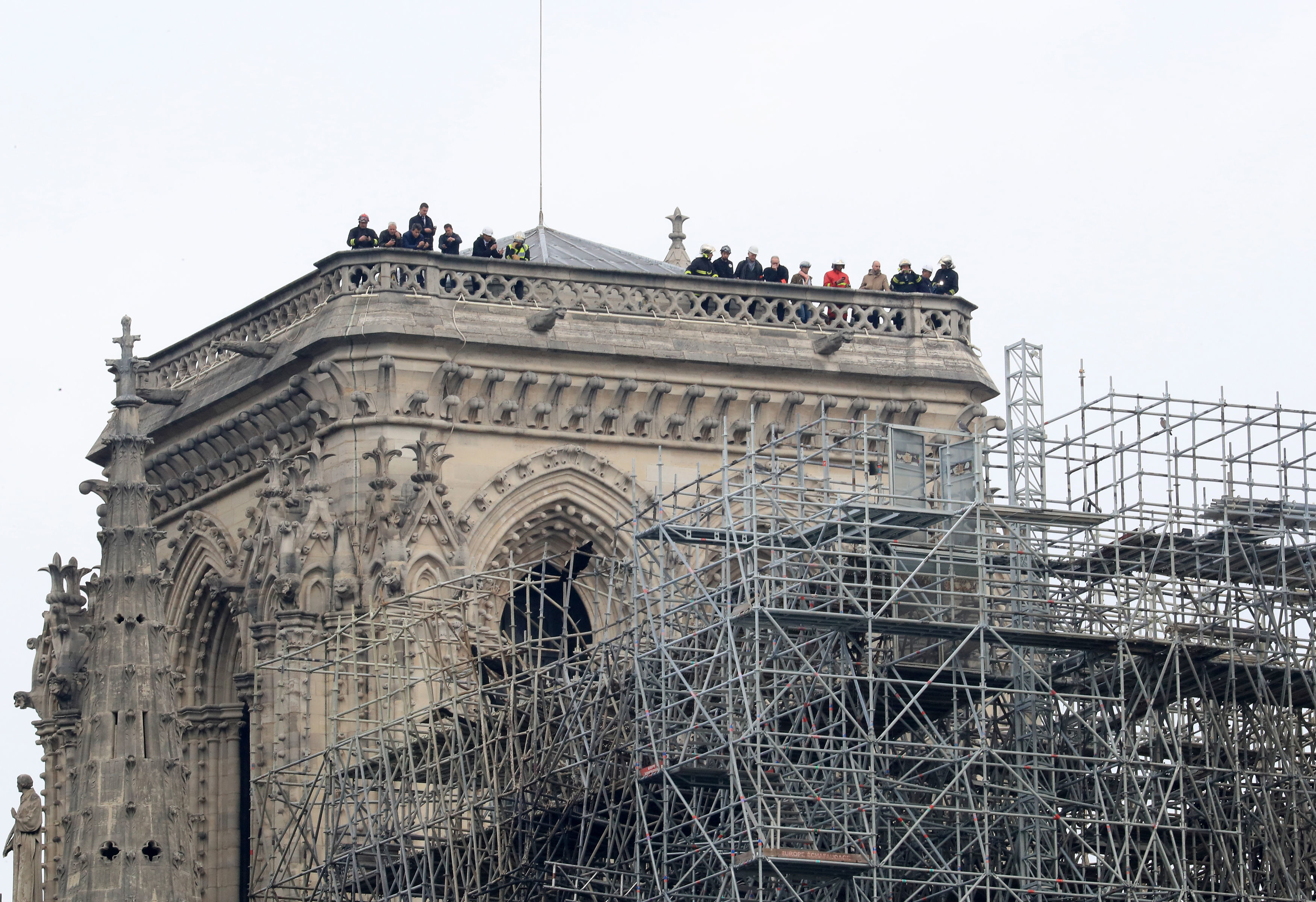Choosing a controversial child porn ruling for a promotional fashion shoot is not a lapse of judgment, but a deliberate message, writes Catherine Deveney.
It would be tempting to conclude that the fashion industry’s penchant for dressing models in bizarre catwalk concoctions that look like lampshades, Dalek costumes, or cast-offs from a pantomime dame’s wardrobe means they are just an interesting bunch of kooky creatives, inhabiting cloud cuckoo land.
But that would be to seriously underestimate their ruthless, corporate cynicism – a quality spotlighted by the current scandal surrounding Spanish fashion house, Balenciaga, and its “plush” S&M bondage teddy bear bags.
Last week, public outrage forced Balenciaga’s creative director, known only as “Demna” (is there a correlation, do you think, between the gargantuan scale of celebrity ego and the brevity of their name?) to withdraw the advertising campaign, remove social media posts, and apologise.

Balenciaga even issued a £20 million lawsuit against the marketing firm they worked with, which was presumably designed to convince us that they invest their marketing millions with an insouciant “just send us the bill”, instead of a brutal attention to detail that would rival a Genghis Khan invasion.
SURPRISE! That was last week; this week they dropped the lawsuit.
One wonders if Kim Kardashian’s deliberations are going similarly. Last week, she said she would “reappraise” her relationship with the brand, which sounds as hard-hitting as celebrity disapproval gets. I’ll think about boycotting you while there’s a fuss, then embrace your contrition and buy your tacky gear again when it has died down.
Kim Kardashian was just booed at SoFi Stadium during #Cowboys vs #Rams 😬
John Legend and “Steve” received a neutral response pic.twitter.com/H3ZmzldG1P
— Natasha Dye (@natashadye) October 9, 2022
Which is really annoying for Kim, because, right now, there’s free postage on the Balenciaga site, which means you can buy an oversized, “vintage” denim, “twisted sleeve” jacket – which looks like something a blind machinist cobbled together before dropping it in a swamp – for £1,390 and no delivery charge. So, that’s a fiver saved. Quick! I’ll have the £4,550 hand-painted polka-dot dress as well.
This was no creative mistake
The important point here is the cynicism. Was the children’s teddy bear shoot a genuine creative “mistake”? Of course it wasn’t. Here’s why.
One of Balenciaga’s other adverts has a bag displayed on a table with a copy of a controversial American Supreme Court ruling relating to child pornography next to it. (Oh, and another advert that was dropped used an artist who depicted decapitated children.)
Choosing a controversial child pornography ruling for a promotional shot is not a lapse, but a deliberate message. So, what, exactly, were Balenciaga trying to say?
Using children to promote S&M-inspired goods might be a tasteless lapse of creative judgment. Choosing a controversial child pornography ruling for a promotional shot is not a lapse, but a deliberate message. So, what, exactly, were Balenciaga trying to say?
The ruling, Ashcroft v the Free Speech Coalition, dates back to 2002, and upheld objections to an anti-child pornography law, which opponents claimed was too unspecific and attacked free speech.
It made a distinction between “real” child pornography and “virtual” child pornography, though it is hard to see why legitimising notional abuse is any more acceptable than legitimising the real thing. The two are linked.
Fashion industry cares little for people
Mixing up fashion, art and abuse is a dangerous, unsavoury commercial gimmick for a fashion house desperate to be “edgy”. A hasty “oh, my goodness, I just didn’t think that giving children bondage bears and using child pornography legislation in an advert could be offensive” is derisory. True regret might involve a donation to help abused children.
Balenciaga isn’t apologizing for what they did.
Balenciaga is apologizing because they got caught.
Don’t confuse the two.
— CJ Pearson (@thecjpearson) November 23, 2022
Balenciaga is owned by Kering, one of the corporations that donated money to rebuild Notre Dame cathedral in Paris after it was engulfed in flames. At the time, it seemed ironic that the fashion industry leapt to pour money into damaged bricks and mortar, however beautiful.
When had they ever donated money to the broken children abused in churches? When had they ever cared about humanity, donating to a people cause rather than an artistic one? People, after all, wear clothes. Though, obviously not Balenciaga clothes, because they are not in the means of most people.
A climate of elitism
The fashion industry’s “distressed” denim, ripped sleeves and worn trousers are almost funny: the rich “acquire” poverty like a status symbol. They wear synthetically distressed clothes because they have never known distress, and paint-spattered trousers because they wouldn’t know one end of a Dulux tin from the other.
Balenciaga’s current “fashion” collaboration with Adidas, offering old and worn sneakers at £700, has sold out. They now fetch £2,500 on an auction site. The Emperor has arrived.
There is not one single move that high fashion makes that is not meticulously planned. It strives to create a cultural climate; a climate of elitism that says, if you are rich enough, you can do what you like and call it art.
Having values about children and pornography is for the little people who don’t care – or understand – about free speech or artistic expression.
“Fashion should not please,” Demna once told Vogue magazine. “The most important quality is the lack of fear because fear blocks creativity, and if you’re trying to please, you’re never going to make it. You should not please.” And that, as far as I can see, is the only bullseye Balenciaga actually hit.
Catherine Deveney is an award-winning investigative journalist, novelist and television presenter, and Scottish Newspaper Columnist of the Year 2022


Conversation